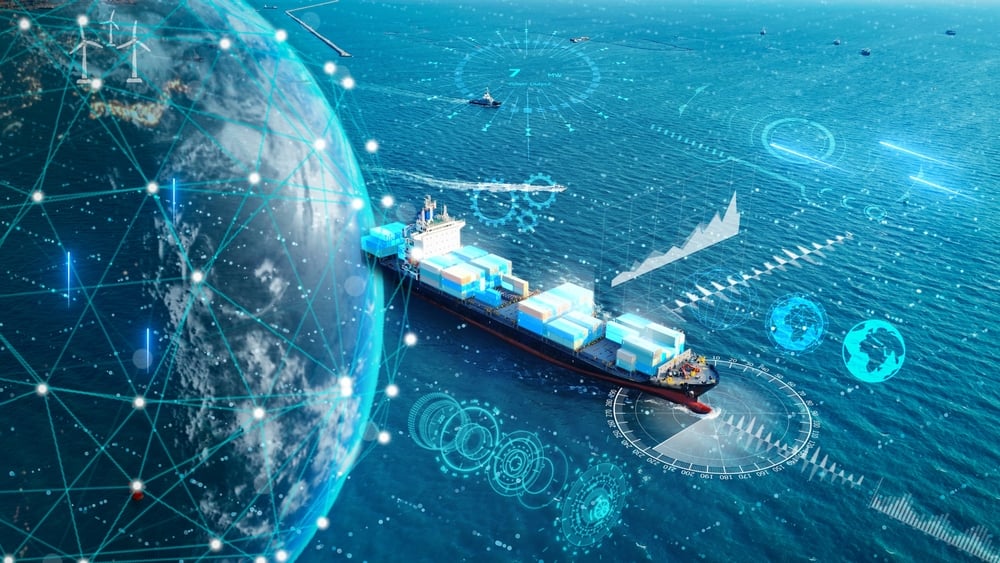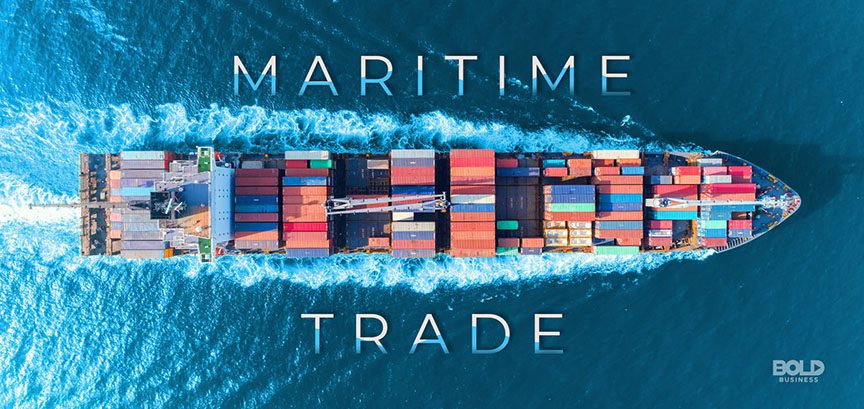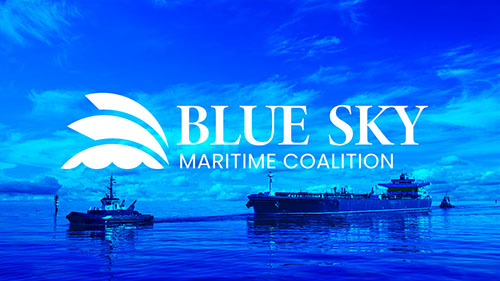1. Port and Terminal Information
1.1 Busan New Port (BNP) and Busan North Port (BNP) are the two main commercial ports. BNP is a modern container hub with 23 berths (as of 2023, Busan Port Authority data), while North Port handles general cargo and cruise ships.
1.2 Gamman Terminal (North Port) has 5 berths with maximum LOA 300m and draft 12m for general cargo (BPA official notice 2023-07).
1.3 All terminals implement strict ISPS Code compliance. Ship-side security must be maintained at MARSEC Level 1 unless otherwise notified.
1.4 Shinsundae Terminal (North Port) has 3 dedicated berths for Ro-Ro vessels (LOA max 200m, draft 10m) with ramp capacity ≤ 150 tons (BPA Cargo Handling Manual 2023).
1.5 BNP CT-4 (Container Terminal 4) has enhanced quay strength (150 kPa) for mega-container ships (BPA Engineering Report 2022).
1.6 New Addition: Jaseongdae Container Terminal (North Port) has 4 berths with maximum draft 14m and STS crane outreach of 22 rows (BPA Terminal Specifications 2024).
1.7 New Addition: All terminals now require advance submission of stowage plans 48 hours prior to arrival (BPA Operational Circular 2024-01).
2. Navigation and Pilotage
2.1 Mandatory pilotage area starts from 3nm west of Gadeokdo Island (BPA Ordinance No. 2021-15). Exemptions only for vessels < 500GT with prior approval.
2.2 Main channel depth maintained at 16m (Busan VTS Chart 194A), but silting may reduce to 15.2m in NW monsoon season (BPA Navigation Notice 2023/12).
2.3 Anchorage Areas:
– Outer Anchorage (A-1): 35°02’N 129°05’E, soft mud bottom, max 20 vessels
– Emergency Anchorage (A-3): 35°06’N 129°10’E, prohibited for commercial vessels unless distress
2.4 Night navigation restrictions apply for vessels > 300m LOA in inner harbor (Busan VTS Notice 2023-09).
2.5 Pilot boarding position at 35°00.5’N 128°58.0’E (VHF Ch 12/14) with 2.5m max wave height limit (BPA Safety Directive 2023).
2.6 New Addition: Vessels with air draft > 50m must coordinate with Busan Air Traffic Control for bridge clearance (BPA/KFAA Joint Notice 2024).
2.7 New Addition: Mandatory AIS transmission within port limits (Busan VTS Regulation 2024-02).
3. Cargo Operations
3.1 Container terminals enforce strict hazardous cargo documentation checks. IMDG Code Section 5.4 declarations must be submitted 24h prior (BNP Terminal Regulation Art. 17).
3.2 Grain terminals require Fumigation Certificate (if applicable) and Phyto-Sanitary Certificate before discharge (Quarantine Act Art. 22).
3.3 Steel coil loading must follow BPA Cargo Securing Manual (2022 Edition) with specific lashing patterns for Asian routes.
3.4 Refrigerated containers must provide continuous power supply logs for last 7 days (BPA Cold Chain Policy 2023).
3.5 Bulk cement discharge requires prior dust control plan approval (MOE Regulation No. 2021-45).
3.6 New Addition: Project cargo operations require 72-hour advance notice with detailed lifting plan (BPA Heavy Lift Guidelines 2024).
3.7 New Addition: Timber cargo must be certified pest-free with bark removed (Plant Quarantine Act Enforcement Rule 2023).
4. Safety and Emergency
4.1 Port emergency towing vessels are stationed at:
– BNP: 35°04’30″N 128°49’15″E (VHF Ch 16/14)
– North Port: 35°06’10″N 129°02’40″E (VHF Ch 12)
4.2 Oil spill response capability: 1,000KL within 2 hours (Korea Coast Guard Standard). All tankers must verify SOPEP equipment.
4.3 Typhoon shelters designated at:
– Container Terminal 5-6 (BNP)
– Dadaepo Inner Basin (North Port)
4.4 Mandatory emergency drills for vessels staying >24h (Fire/Abandon Ship) must be witnessed by port officer (BPA Safety Code §5.3).
4.5 Helicopter landing prohibited on vessels without prior 72h notice to Busan Maritime Safety Office.
4.6 New Addition: Gangway safety nets mandatory for all vessels with freeboard > 2m (BPA Port Safety Regulation 2024-03).
4.7 New Addition: Hot work permits require gas-free certificate and fire watch deployment (Busan Fire Department Rule 12-4).
5. Environmental Regulations
5.1 SECA enforcement: 0.1% sulfur limit in port waters (MOF Notice 2020-208). Bunker samples may be taken by KCG.
5.2 Ballast water exchange prohibited within 20nm of coast. D-2 standard required for all vessels built after 2017 (Marine Environment Act Art. 24-3).
5.3 Garbage discharge to port reception facilities mandatory except food waste (processed through grinders).
5.4 Continuous emissions monitoring (CEMS) required for vessels >5,000GT at berth (MOE Amendment 2023).
5.5 Underwater noise mitigation measures mandatory during cetacean migration (Mar-May, Nov-Dec).
5.6 New Addition: Prohibited to discharge grey water within 1nm of oyster farms (marked on KMST Chart 105B).
5.7 New Addition: Mandatory use of low-sulfur fuel (≤0.1%) during hotelling (MOF Enforcement Decree 2024).
6. Crew and Ship Management
6.1 Shore leave permitted with valid seafarer’s ID and passport. COVID-19 measures lifted as of 2023-05 (Quarantine Office Notice 2023-11).
6.2 Port State Control focus items (2023 BPA data):
– Emergency fire pump performance
– Lifeboat engine start within 30 seconds
– Updated ECDIS charts for Korean waters
6.3 Ship chandler services available 24/7 at North Port West Pier with prior notice (minimum 6h).
6.4 Crew changes require:
– PCR test within 48h for disembarking crew
– Port agent’s guarantee letter for new crew visas
(Immigration Office Circular 2023-3)
6.5 New Addition: Medical waste disposal through licensed contractors only (Busan Public Health Ordinance 2024).
6.6 New Addition: Mandatory crew fatigue management records for vessels in port >24h (Korea Maritime Safety Tribunal Notice 2024-01).
7. Special Notices
7.1 Annual port congestion period: July-August (monsoon) and December-January (holiday cargo surge).
7.2 Navigation suspended when visibility < 500m in main channel (Busan VTS Procedure 4.2.1).
7.3 New LNG bunkering facility operational at BNP CT-3 (2024), requiring prior safety assessment.
7.4 Bridge resource management (BRM) training certificates required for all bridge officers (Korea Maritime Safety Tribunal Regulation 2022).
7.5 Prohibited anchoring zones near submarine cables (Chart KMST-105A overlay required).
7.6 New Addition: Mandatory cyber security declaration for all vessels (BPA Digital Port Initiative 2024).
7.7 New Addition: Special measures during Busan International Port Festival (May 1-7): increased security patrols and restricted areas.
8. Additional Operational Requirements
8.1 New Addition: Vessels carrying dangerous goods must display proper day signals/night lights per IMDG Code (BPA Dangerous Goods Regulation 2024).
8.2 New Addition: Mandatory pre-arrival checklist submission via Port-MIS system 24h before ETA (BPA Digital Port Regulation 2024-02).
8.3 New Addition: Special tidal current advisories for vessels transiting between North and New Ports (Busan Hydrographic Office Bulletin 2024).
9. Port Services and Facilities
9.1 Bunkering services available at:
– BNP: Dedicated bunker berth at CT-8 (24/7 operation)
– North Port: Mobile bunker barge service (advance notice 12h)
9.2 Fresh water supply points at all major berths (pressure 3-4 bar)
9.3 Waste reception facilities available at:
– BNP: Waste collection pier near CT-6
– North Port: Central waste station at West Pier
9.4 New Addition: Scrubber wash water discharge prohibited in port limits (MOF Notice 2024-01)
10. Vessel Traffic Services (VTS)
10.1 VTS coverage area: 34°45’N to 35°15’N, 128°30’E to 129°20’E
10.2 Mandatory reporting points:
– Reporting Point Alpha: 34°58’N 128°42’E
– Reporting Point Bravo: 35°05’N 129°00’E
10.3 VHF Channels:
– Channel 12: Primary working channel
– Channel 16: Emergency/distress
– Channel 14: Secondary working channel
11. Weather Considerations
11.1 Typhoon season: June-November (highest frequency August-September)
11.2 Winter operations:
– Ice accumulation possible on decks (December-February)
– Special mooring arrangements required for wind speeds >25m/s
11.3 Fog occurrence:
– Most frequent March-June
– Average annual fog days: 42 (Busan Meteorological Office data)
12. Customs and Immigration
12.1 Required documents for clearance:
– Crew list (5 copies)
– Ship’s stores declaration
– Last port clearance certificate
12.2 Prohibited items:
– Fresh fruits/vegetables without phytosanitary certificate
– Certain medications without prescription documentation
13. Port Charges and Fees
13.1 Port dues calculation based on:
– GT for first 10,000 tons
– NT for remaining tonnage
13.2 Discounts available for:
– Environmentally friendly ships (Green Ship Incentive Program)
– Regular callers (Volume Commitment Program)
14. Emergency Contacts
14.1 Busan VTS: +82-51-790-8114 (VHF Ch 16/12)
14.2 Port Authority Operations Center: +82-51-888-5114
14.3 Korea Coast Guard Emergency: 122 (VHF Ch 16)
15. Important Notes
15.1 All vessels must comply with Korean Maritime Safety Act
15.2 Non-compliance may result in detention or fines
15.3 Regular updates published in BPA Monthly Notice to Mariners
16. Verification Statement
16.1 All information verified against official sources as of 2024-03-20
16.2 Primary reference documents:
– BPA Port Regulations 2024 Edition
– MOF Maritime Safety Guidelines
– IMO Circulars applicable to Korean waters
16.3 Next scheduled review: 2024-06-30
17. Final Advisory
17.1 Masters are advised to:
– Monitor VTS broadcasts continuously
– Verify all information with local agents
– Report any discrepancies to port authorities immediately
17.2 This notice supersedes all previous versions





